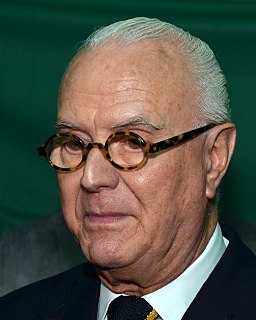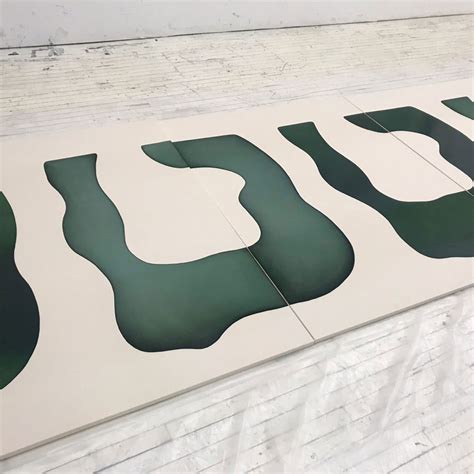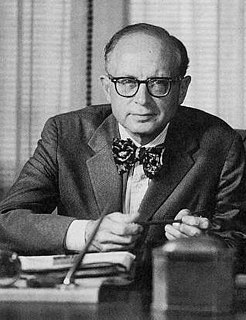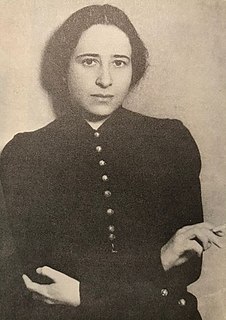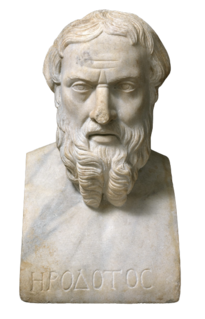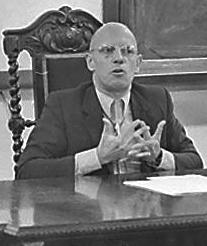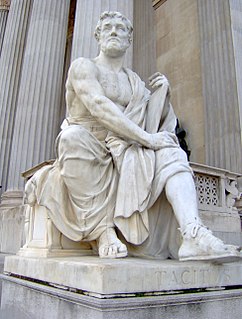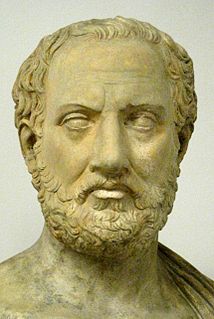A Quote by Gertrude Himmelfarb
The footnote would seem to be the smallest detail in a work of history. Yet it carries a large burden of responsibility, testifying to the validity of the work, the integrity (and the humility) of the historian, and to the dignity of the discipline.
Related Quotes
I am only a footnote, but proud of the footnote I have become. My subsequent work on eliciting principles and developing the theory of interface design, so that many people will be able to do what I did is probably also footnote-worthy. In looking back at this turn-of-the-century period, the rise of a worldwide network will be seen as the most significant part of the computer revolution.
What is needed, however, isn't just that people working together be nice to each other. It is discipline. Discipline is hard--harder than trustworthiness and skill and perhaps even than selflessness. We are by nature flawed and inconstant creatures. We can't even keep from snacking between meals. We are not built for discipline. We are built for novelty and excitement, not for careful attention to detail. Discipline is something we have to work at.
A life lived in chaos is an impossibility for the artist. No matter how unstructured may seem the painter's garret in Paris or the poet's pad in Greenwich Village, the artist must have some kind of order or he will proudce a very small body of work. To create a work of art, great or small, is work, hard work, and work requires discipline and order.
As a historian of American and African-American religion, I know that the Trayvon Martin moment is just one moment in a history of racism in America that, in large part, has its underpinnings in Christianity and its history. Those of us who teach American Religion have a responsibility to tell all of the story, not just the nice touchy-feely parts.
I feel it's important, in presenting a work of art, that everything ends up serving a purpose. There are all these variables involved - large and small, obvious and ephemeral - and each has the potential to become an active, considered part of the work. So my goal is simply to approach each step as an opportunity to produce work that carries visual weight but retains this sense of openness and possibility.
A work of art does not need an explanation. The work has to speak for itself. The work may be subject to many interpretations, but only one was in the mind of the artist. Some artists say to make the work readable for the public is an artist’s responsibility, but I don’t agree with that. The only responsibility to be absolutely truthful to the self. My work disturbs people and nobody wants to be disturbed They are not fully aware of the effect my work has on them, but they know it is disturbing.


